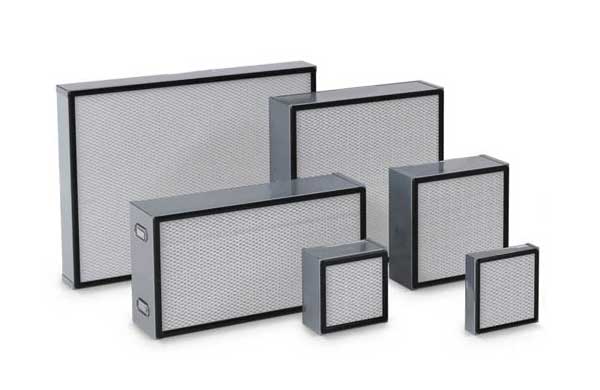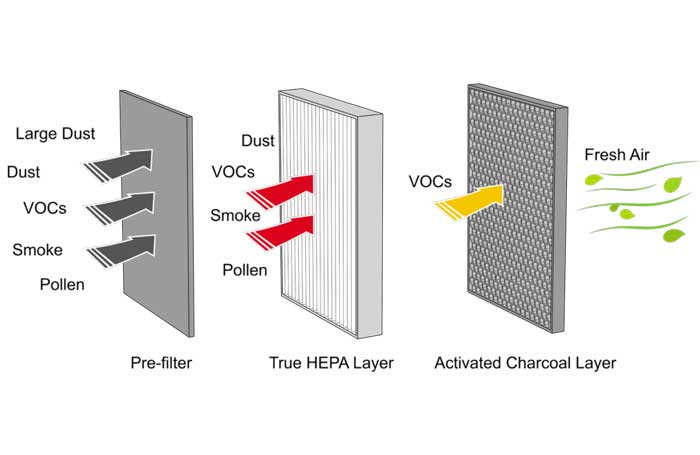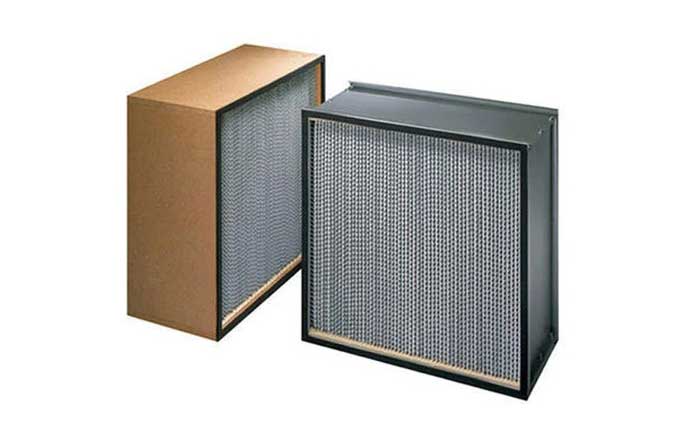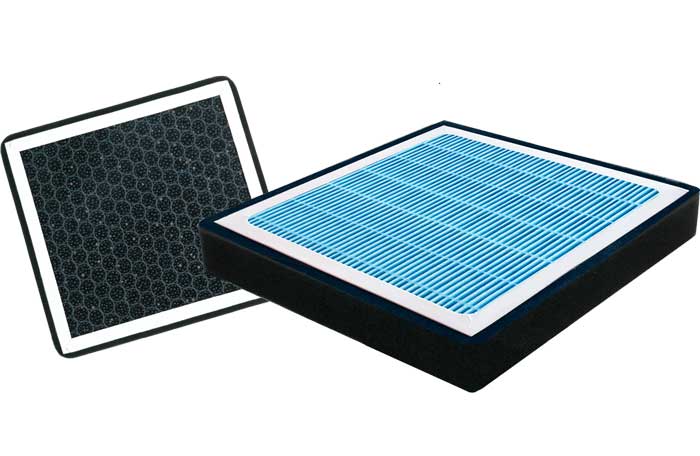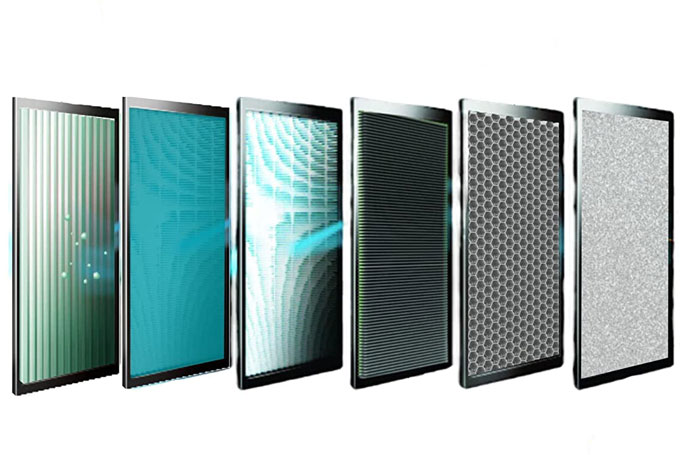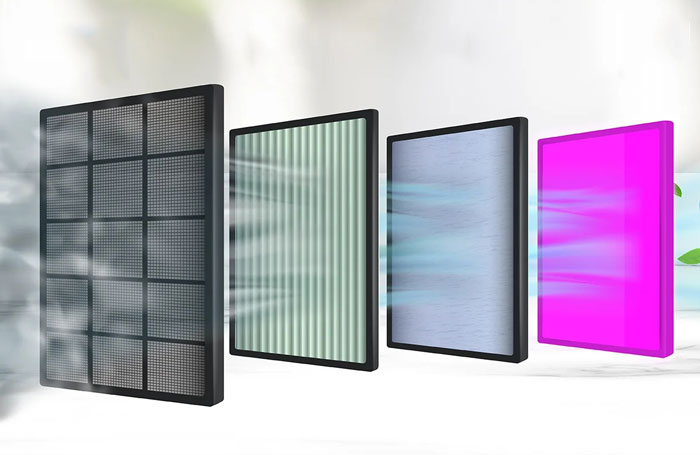Medium-Efficiency Filters in Hospitals
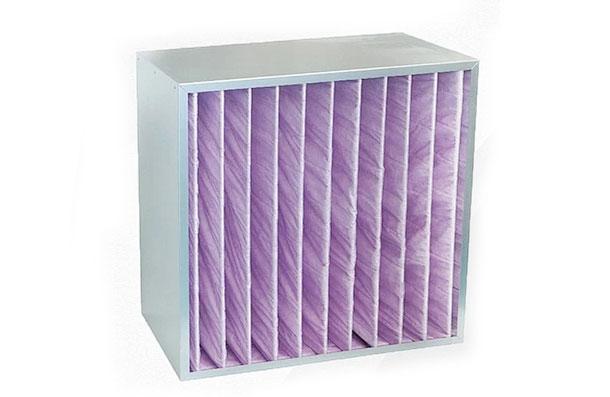
In the healthcare sector, maintaining a clean and hygienic environment is crucial for patient recovery and staff well-being. Among the various air purification systems used in hospitals, medium-efficiency filters play a pivotal role in ensuring the quality of indoor air. These filters are designed to trap and remove a significant amount of airborne particles, thus contributing to a healthier hospital environment.
Medium-efficiency filters, as compared to low-efficiency filters, offer a higher level of particle removal. They are typically rated to capture particles ranging from 1 to 5 micrometers in size, effectively reducing the presence of dust, pollen, and other larger particles in the air. While they may not be as efficient as high-efficiency filters in capturing smaller particles, their cost-effectiveness and ease of use make them a popular choice for hospitals with limited budgets or specific air purification needs.
In hospitals, medium-efficiency filters are often used in combination with other air filtration systems, such as pre-filters and high-efficiency filters. They serve as a bridge between the two, effectively removing larger particles and extending the lifespan of the high-efficiency filters by reducing their workload. This combination approach ensures that the hospital air is thoroughly cleaned, meeting the strict hygiene standards required in healthcare facilities.
The design of medium-efficiency filters allows them to be easily integrated into existing HVAC systems. They are typically made of synthetic fibers or pleated paper, which provides a large surface area for particle capture. This design also ensures that the filters can be easily replaced when necessary, minimizing downtime and maintenance costs.
Moreover, medium-efficiency filters are compatible with a wide range of hospital applications. They can be used in patient rooms, operating theaters, laboratories, and other areas where clean air is crucial. Their ability to handle varying airflow rates and particle loads makes them a versatile solution for hospitals with diverse air purification needs.
It is worth noting that while medium-efficiency filters provide significant benefits in terms of air quality improvement, they alone cannot guarantee a completely sterile environment. Hospitals must adopt a comprehensive approach to infection control, including regular cleaning, disinfection, and the use of other air purification technologies.
Medium-efficiency filters are a cost-effective and efficient way to improve air quality in hospitals. Their ability to remove larger particles, ease of use, and compatibility with various applications make them a valuable addition to any hospital's air purification strategy. By investing in these filters, hospitals can create a healthier and safer environment for patients and staff, contributing to better overall healthcare outcomes.

